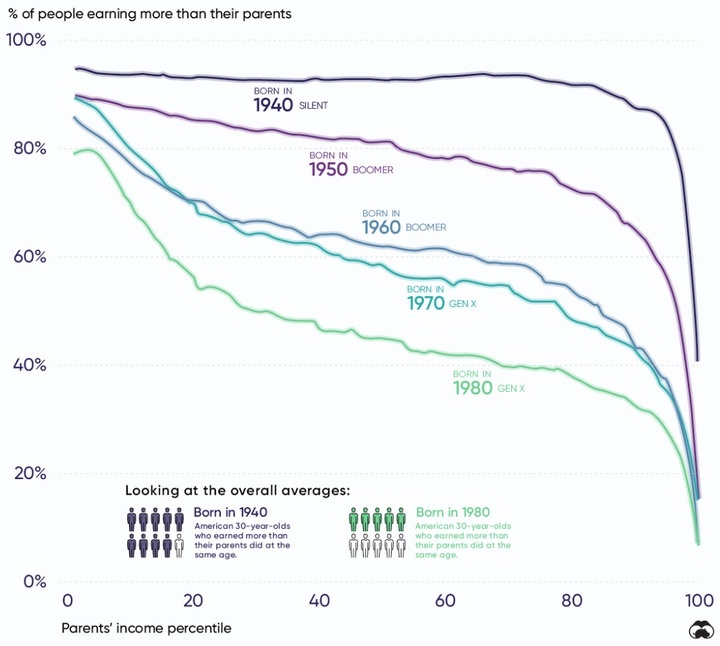Yesterday, I shared a sample question for high school students studying to achieve a good score on the state-required SAT test in 11th grade.
Hypersensitivity reactions are classified by type, which are characterized by immune system response. The four most common hypersensitivity reaction types are type I, type II, type III and type IV, which occur in both males (M) and females (F). A study was conducted in which each participant experienced a single reaction. The table above shows the distribution of hypersensitivity reaction type and gender for the participants. If one participation who is female is chosen at random, the probability that the participant experienced a type IV hypersensitivity reaction is 1/3.
What is the value of ‘y’?
The Colorado Department of Education considers it consequential that our high school students learn how to calculate answers to these types of questions.
But I would propose the designers of school tests are asking the wrong kinds of questions, given the state of American society in 2023.
I attended the ribbon-cutting ceremony for Rose Mountain Townhomes last month, hosted by the Archuleta County Housing Authority, and I had a chance to talk with the contractor had taken on the task of completing the housing complex.
He was the third contractor brought in by the Housing Authority; two previous contractors had left before finishing the project.

The contractor and I commiserated about the sad state of the construction business in Pagosa Springs, caused partly by a shortage of experienced carpenters, plumbers, electricians, and workers in pretty much every aspect of construction. Sadly, the lack of workers is partly the result of a shortage of affordable housing. Workers can’t afford to live here.
We can’t easily build more affordable housing… because we lack affordable housing.
But I think another aspect of the problem is bad test scores.
I don’t mean the students are failing, or that the teachers are failing. I mean, the Colorado Department of Education is testing the wrong skills and knowledge, for 70% of our students. The CMAS test scores, for most students, are relatively meaningless, or even harmful.
In 2023, CDE ought to be testing the ability to use a nail gun… not the ‘y’ value of ‘type I hypersensitivity reactions’.
Disclosure: I currently serve as a volunteer on the Pagosa Peak Open School board of directors, but this editorial series reflects only my own personal opinions, and not necessarily those of the PPOS board as a whole.
Some Daily Post readers have received their ballots in the mail, and may have noticed Ballot Issue 5A — the request, by the Archuleta School District, for a permanent extension of the Mill Levy Override property tax increase first approved in 2018.
The extra money, if approved by the voters, will be used for staff salaries and school security, among other uses. The ballot language doesn’t mention expanded CTE — ‘Career and Technical Education’ — although that’s another potential and allowable use for some of the funding.
When our Archuleta School District committee was discussing the need for voter approval to extend the $1.7 million Mill Levy Override passed in 2018, we discussed whether the MLO ought to be aimed mainly at teacher salaries, school security… or at expanding CTE. The committee opted for ‘teacher salaries and school security’, and that’s how the Ballot Measure 5A campaign group is promoting the MLO.
A half-page campaign ad in the weekly Pagosa Springs SUN, for example, doesn’t specifically mention the idea of expanding or encouraging CTE.
Our committee agreed that $1.7 million per year would likely be insufficient funding for a full-blown CTE program. I have to concur. We need a lot more than $1.7 million to fix our broken housing industry in Pagosa Springs, and to address our failure to teach the skills most needed by young adults.
For decades, a majority of Americans had been able to climb the economic ladder… by earning higher incomes than their parents had earned. These improving conditions were referred to, in economic literature, as ‘upward mobility’… and in American social mythology as ‘The American Dream’.
However, since the 1950s, each consecutive generation has found it harder to make this financial ascent. In the graphic below, we can perceive the decline in ‘upward mobility’ over five decades using data from Opportunity Insights. Most middle-class American kids born in 1980 are earning lower wages than their parents did at the same age.

I don’t even want to see the graph for kids born in 1990 or later. Probably too depressing.
At some point, we have to wake up from our dream. In the case of the public education system in Pagosa Springs, the dream — back in the 1990s — was that, eventually, nearly every high school graduate was going to get a college education. It was very clear, back then, that college graduates earned more money, over their lifetime, than their classmates who entered the workforce with only a high school diploma.
And really, wasn’t that the goal in life? To earn the most money possible? To earn a better income than your parents, at the very least?
30 years later, about 60% of Pagosa Springs High School graduates enroll in colleges or universities, but only about half of them actually end up with a Bachelor’s degree or higher. The rest drop out of college, and many then begin their adult lives with tens of thousands of dollars of student debt… and no degree.
A large proportion of those who do earn a college degree end up in jobs unrelated to their college degree, and often requiring only a high school diploma.
Nevertheless, the state of Colorado ranks our high schools based on student scores on the College Board’s SAT test — which, according to the College Board itself, is aimed at predicting a student’s performance in college. Quote:
The SAT is a valuable part of the college admissions process because it’s a strong predictor of college success. We maintain its strong predictive validity in three ways…
If the American Dream is over, and if our young people, now in school, will never attain the same standard of living their parents attained — something that seems almost guaranteed for most of them, considering recent economic trends — should we blame our public school system?
Certainly not. Our public school system is simply a product of the complex capitalist-socialist-individualist experiment we know as ‘America’. An ever-changing experiment.
So… isn’t there someone we can blame?
Should we blame ourselves?
I had a chance to sit down over coffee, last week, with one of Pagosa’s leading proponents of better public education, Archuleta School District (ASD) Board president Bob Lynch, to discuss that ongoing experiment. (Mr. Lynch is running for re-election to the School Board, but this article series is not meant as an endorsement of any particular School Board candidate.)
I first became familiar with Mr. Lynch when he was hired by the Archuleta School District, back in 2012, to help the District understand why the voters had rejected a proposed school bond measure by a 3-to-1 margin, which also happened to be the largest margin of failure of any recent school bond issue in Colorado.
When Mr. Lynch presented his finding to the School Board — after interviewing a range of involved stakeholders — the Board rejected his report. Now, a decade later, Mr. Lynch serves as the School Board president. The issues haven’t changed all that much, although the political landscape appears more polarized.


